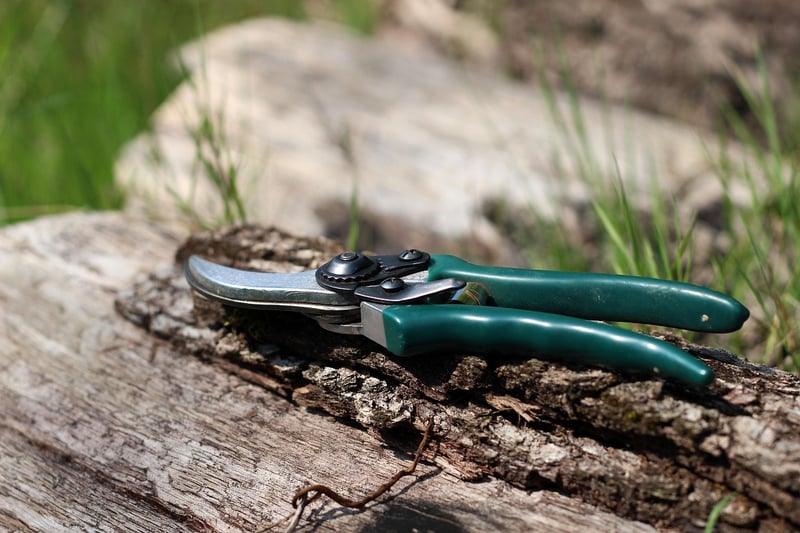Pruning guide
Nurture Your Plants: A Complete Pruning Guide

Plants are like silent companions that bring life and beauty to our surroundings. To ensure that your plants thrive and flourish, proper care and maintenance are essential. One crucial aspect of plant care is pruning, a technique that not only keeps your plants looking neat but also promotes healthy growth. Follow this complete pruning guide to nurture your plants effectively.
Why Prune Your Plants?
Pruning serves several purposes, including:
- Promoting plant health by removing dead or diseased branches
- Encouraging new growth and flower production
- Shaping the plant for aesthetic purposes
- Controlling the plant size to prevent overcrowding
Tools Needed for Pruning
Before you start pruning your plants, make sure you have the following tools handy:
- Pruning shears for small branches
- Loppers for thicker branches
- Hand saw for larger branches
- Gloves to protect your hands
When to Prune
The best time to prune your plants depends on the type of plant:
- Spring-flowering plants: Prune after they finish blooming
- Summer-flowering plants: Prune in late winter or early spring
- Evergreen plants: Prune in late winter or early spring
How to Prune
Follow these steps for effective pruning:
- Identify the branches to be pruned
- Make clean cuts at a 45-degree angle just above a bud or branch junction
- Remove dead or diseased branches first
- Thin out overcrowded branches to improve air circulation
- Step back occasionally to assess the plant's shape as you prune
Aftercare
After pruning, remember to:
- Water the plant to reduce stress
- Apply a light fertilizer to encourage new growth
- Monitor the plant for any signs of stress or disease
By following this complete pruning guide, you can ensure that your plants remain healthy, vibrant, and visually appealing. Happy pruning!

